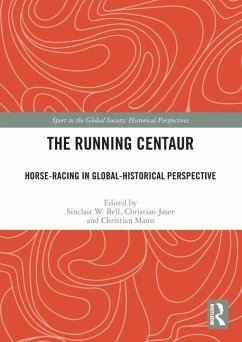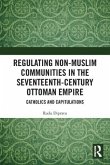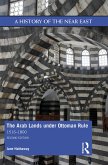This book surveys the practice of horse racing from antiquity to the modern period, and in this way offers a selective global history.
Unlike previous histories of horse racing, which generally make claims about the exclusiveness of modern sport and therefore diminish the importance of premodern physical contests, the contributors to this book approach racing as a deep history of diachronically comparable practices, discourses, and perceptions centered around the competitive staging of equine speed. In order to compare horse racing cultures from completely different epochs and regions, the authors respond to a series of core issues which serve as structural comparative parameters. These key issues include the spatial and architectural framework of races; their organization; victory prizes; symbolic representations of victories and victors; and the social range and identities of the participants. The evidence of these competitions is interpreted in its distinct historical contexts and with regard to specific cultural conditions that shaped the respective relationship between owners, riders, and horses on the global racetracks of pre-modernity and modernity.
The chapters in this book were originally published as a special issue of The International Journal of the History of Sport.
Unlike previous histories of horse racing, which generally make claims about the exclusiveness of modern sport and therefore diminish the importance of premodern physical contests, the contributors to this book approach racing as a deep history of diachronically comparable practices, discourses, and perceptions centered around the competitive staging of equine speed. In order to compare horse racing cultures from completely different epochs and regions, the authors respond to a series of core issues which serve as structural comparative parameters. These key issues include the spatial and architectural framework of races; their organization; victory prizes; symbolic representations of victories and victors; and the social range and identities of the participants. The evidence of these competitions is interpreted in its distinct historical contexts and with regard to specific cultural conditions that shaped the respective relationship between owners, riders, and horses on the global racetracks of pre-modernity and modernity.
The chapters in this book were originally published as a special issue of The International Journal of the History of Sport.








